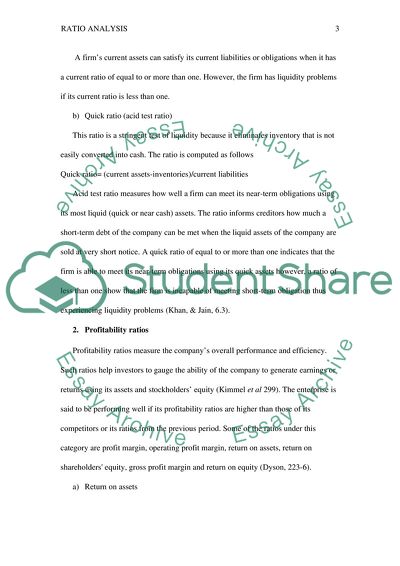Cite this document
(Accounting: Ratio Analysis Essay Example | Topics and Well Written Essays - 1500 words, n.d.)
Accounting: Ratio Analysis Essay Example | Topics and Well Written Essays - 1500 words. https://studentshare.org/finance-accounting/1841933-accounting-ratio-analysis
Accounting: Ratio Analysis Essay Example | Topics and Well Written Essays - 1500 words. https://studentshare.org/finance-accounting/1841933-accounting-ratio-analysis
(Accounting: Ratio Analysis Essay Example | Topics and Well Written Essays - 1500 Words)
Accounting: Ratio Analysis Essay Example | Topics and Well Written Essays - 1500 Words. https://studentshare.org/finance-accounting/1841933-accounting-ratio-analysis.
Accounting: Ratio Analysis Essay Example | Topics and Well Written Essays - 1500 Words. https://studentshare.org/finance-accounting/1841933-accounting-ratio-analysis.
“Accounting: Ratio Analysis Essay Example | Topics and Well Written Essays - 1500 Words”. https://studentshare.org/finance-accounting/1841933-accounting-ratio-analysis.


